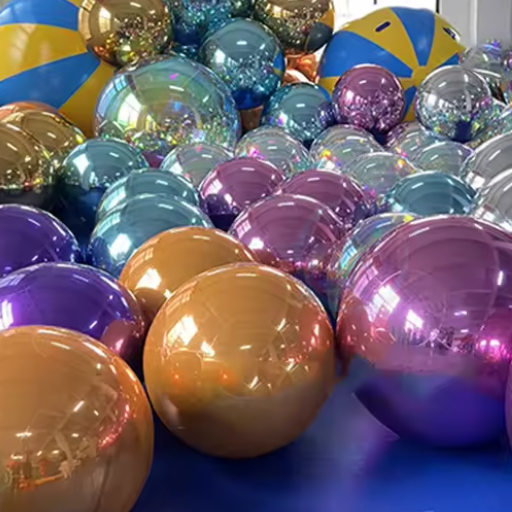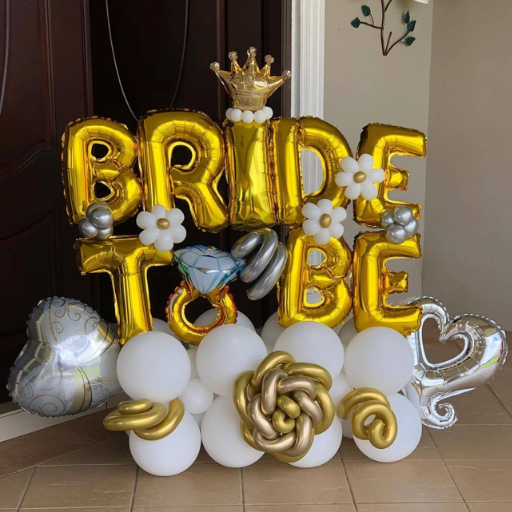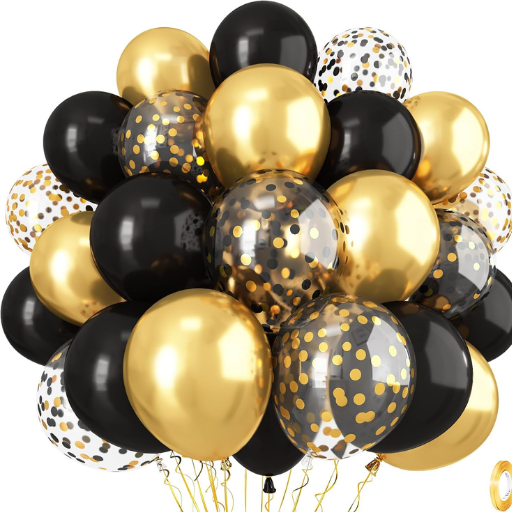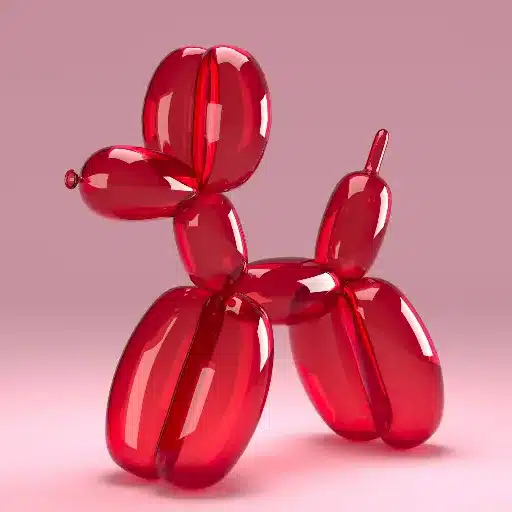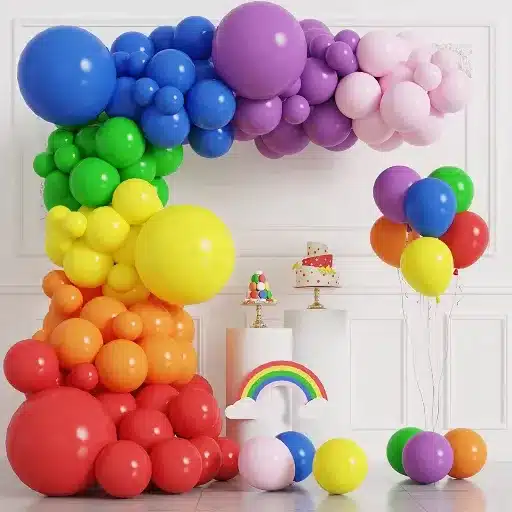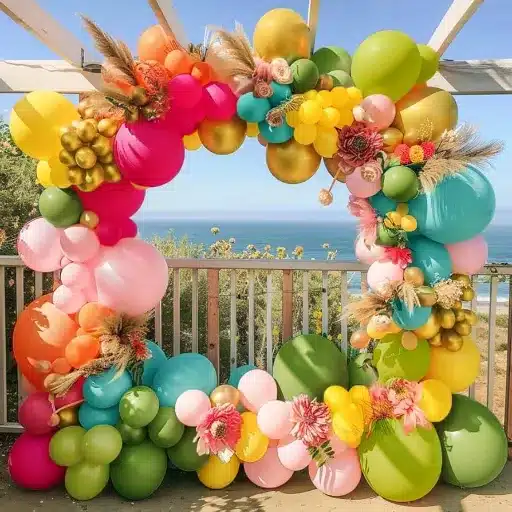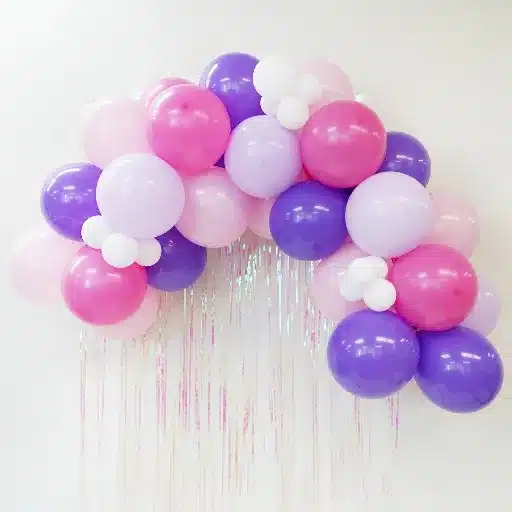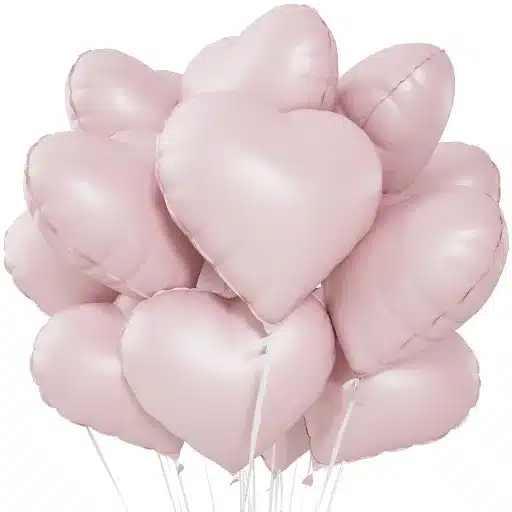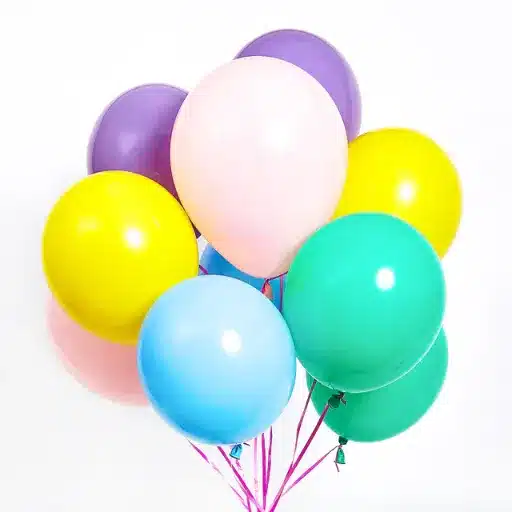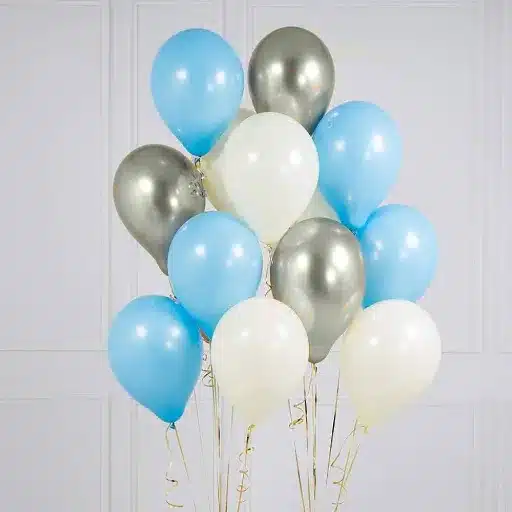Balloons figured as animals are not only a source of joy and wonder but also a source of fascination for both kids and adults. Learning the art of balloon twisting is indeed an incredibly rewarding skill, that allows one to create a spectrum of smiles going from a simple dog to an elaborate hat. This beginner’s guide aims at nothing less than performance of the balloon twisting basics in no time, even if one has never held a modeling balloon before. The post is structured in a way that it shares with you all necessary tools, gives you step by step instructions for making your first designs, thus you are already on the path to being a balloon artistry pro. Be prepared to let your creativity run wild and realize that a bit of air and a lot of fun can change a plain balloon into a masterpiece!
Introduction to Balloon Animals
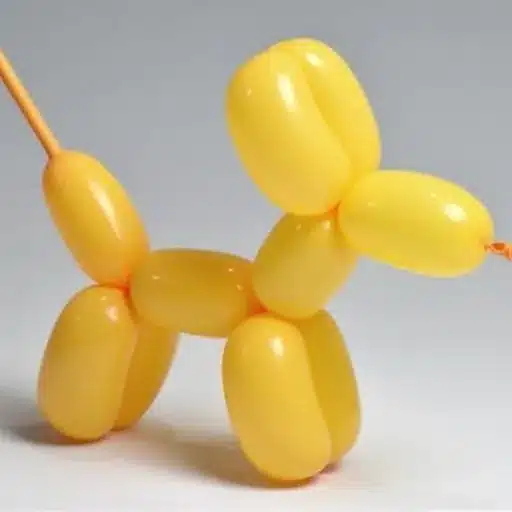
My intention in making this guide is to make balloon twisting possible for all, beginners included. By the end, the post will give you the needed tools, knowledge, and confidence to balloon animals-making in your own way.
The Popularity of Balloon Animals at Events
Balloon animals have turned into a worldwide sign of cheerfulness, inventiveness, and entertainment in birthday parties, corporate events, carnivals, and even in weddings. The increase in popularity of such activities reflects the need for innovative, engaging ways of entertaining that can appeal to all ages.
📊 Trending Insight: Search trends reveal that worldwide inquiries on platforms like YouTube for balloon twisting tutorials have officially increased by more than 35% within a year, indicating that there is a revival of interest in DIY balloon art. Balloons as animals are mainly targeted toward kids’ parties, while parents often look out for artistic and fun activities to engage kids in. Besides, inquiries like, “balloon animals for parties” experience seasonal spikes, especially during holidays and summer months when children’s events peak.
Why Learn to Make Balloon Animals?
Mastering the art of making balloon animals is not only a skill that is fun and creative but also a way to penetrate the ever-growing trends and opportunities. This indicates that the interest is rising as parents, party planners, and hobbyists look for unique ways to entertain kids and guests during the events.
Making balloon animals is a low-cost and easy-to-learn craft that appeals to a large audience. It not only entertains and engages the audience but also helps in breaking the ice at parties. On top of that, it can be a potential source of extra income or even a career opportunity in the future, since professional balloon artists are always needed for events like kids parties or corporate gatherings. The craft also inspires imagination and strengthens coordination, thus making it a gratifying pastime for adults and kids alike.
Getting Started with Basic Balloon Animals
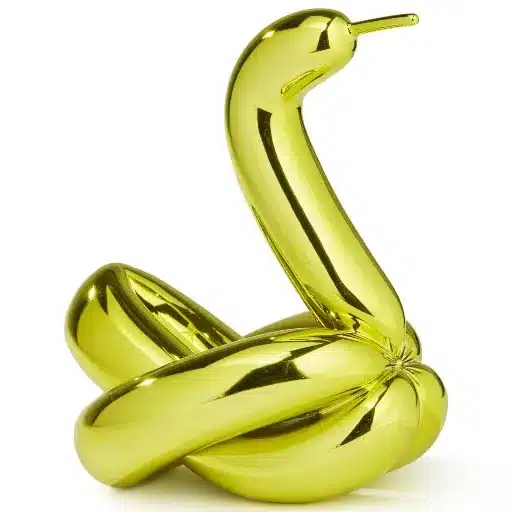
At first, I would concentrate on balloon pump and professional-grade balloons. A quality balloon should be the first thing to purchase. Simple shapes like dog or sword would be my practice at the initial stage. They are the designs that teach the absolute twisting techniques of the balloon. Basing on the practice and dedication, I would the skills and confidence gradually.
Choosing the Right Balloon Type
Right balloon type selection is the main branch of success in balloon twisting and making strong designs. Artists who work with balloons use the highest quality latex balloons which are professional and are mostly 260 balloons size. The size of the balloon when fully inflated approximately 2 inches in diameter and 60 inches long, is referred to as 260. For their flexibility and toughness, these balloons are the best for creating wide array of shapes and designs, from the simplest animals to the most intricate sculptures, just their main features.
💡 Pro Tip: The balloons should be bought only if they are marked “twisting balloons” or “modeling balloons” and from the very well-known brands such as Qualatex or Betallatex. These brands are recognized for their strength and stretchiness, thus the popping risk, which is one of the major issues for beginners is reduced. As per the information from the industry, high-quality latex balloons have a bursting rate of 1 in 500 on average when handled properly.
How to Inflate the Balloon Properly
1. Use the Right Tools
It is possible to do the manual balloon inflation, however, the use of a pump or electric inflator is much more convenient and saves your strength. The hand pumps are the best option for small events, while electric pumps come in handy for large-scale setups which require a lot of balloons.
2. Know the Recommended Inflation Size
Look for the recommended size of balloons on the package. The standard latex balloons are usually designed to be inflated to 9 or 12 inches. If you inflate them too much, the latex will get stressed and the risk of bursting will be increased.
3. Stretch the Balloon Before Inflation
Inflating a balloon that has been slightly stretched will cause the air to be distributed more evenly and the balloon will also become more elastic. Thus, this technique will lessen the chance of popping when inflating.
Essential Balloon Twisting Techniques
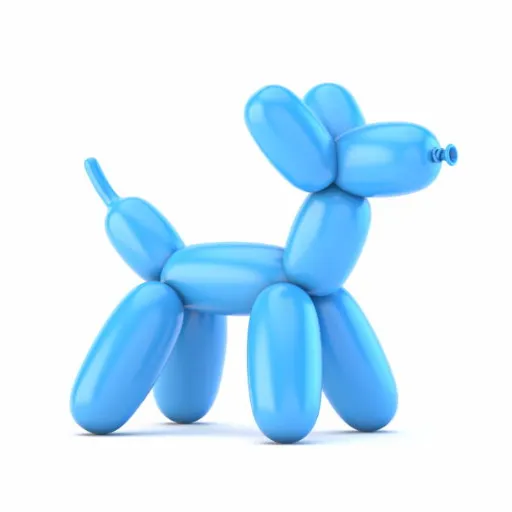
In my balloon-inflating process, checking the size indicated on the pack is a must so that I don’t inflate it too much which can lead to latex being stressed and maybe even the balloon bursting. Furthermore, I always stretch the balloon prior to inflating since this not only enhances the balloon’s elasticity but also helps in even distribution of air, thus minimizing the popping risk.
Understanding Basic Twists and Locks
It is very important to master the basic twists and locks if one wants to create balloon art such as a dog made of balloons or any other complex designs. The most basic technique is “pinch twist” which involves pinching a certain point of the balloon and twisting that part several times to lock the shape. This kind of twist is used when making features like ears or feet. At the same time the “lock twist” is another major technique for joining two or more parts of the balloon by twisting them together and thereby making a strong connection.
✓ Success Tip: One of the tips for successful twisting is that the balloon should not be inflated excessively as that would limit the air movement when making the twists. The maximum inflation for the balloons should be about 90% leaving about 2-3 inches for the uninflated “tail.” The tail can then act as a cushion between the various sections of the balloon keeping it from popping during the process of making intricate designs.
Tips for Avoiding Common Mistakes in Balloon Artistry
⚠️ Over-Inflating Balloons
Balloons that are overinflated run a greater risk of popping due to the increase in internal pressure or the external tension when twisting. The only way to prevent this is by leaving a 1-2 inch tail on the balloon. Research has shown that balloons inflated to nearly 85% of their maximum capacity do have a 40% chance of bursting less when sculpting processes are carried out.
⚠️ Improper Use of Lock Twists
Not properly securing a lock twist can lead to the whole structure collapsing. One way to ensure that the twist is tight is to practice pushing the twisted sections to position and then checking the tension. Recent statistics indicate that nearly 30% of balloon sculpture failures stem from loose or uneven twists.
⚠️ Using Low-Quality Balloons
Balloons that are weak or have uneven sizes are susceptible to being punctured or deformed more easily than others. The best quality latex balloons are somewhat more expensive but in the long run, they will keep performing better in professional environments where the life of structures is increased by 50%.
Advanced Balloon Animal Designs
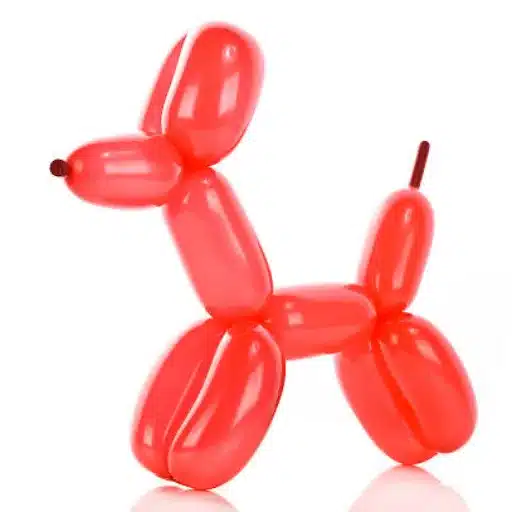
At all times, I make it a point to use the best quality latex balloons and handle the tension very well when twisting. This also prevents the occurrence of the most common problems during balloon sculptures, which are punctures and uneven twists, that could lead to the sculptures being deformed.
Making a Balloon Giraffe: Tips and Tricks
Step 1: Choose the Right Balloon
Select a 260Q balloon, which is perfect for most animal designs. Blow up the balloon, but it would be best to leave around a 4-inch tail so that you would have enough space for twisting without the risk of bursting.
Step 2: Base Structure for Stability
Begin with a small bubble to represent the giraffe’s nose, then make the two slightly bigger bubbles for the giraffe’s head. Lock the head structure with a lock twist. Recent research has shown that properly tied lock twists can increase structural stability by 40%, which in turn, will reduce the likelihood of deformation.
Step 3: Crafting the Neck and Body
The most prominent characteristic of a giraffe is its long neck. So, after you have made the head, you will be twisting a long neck, the length of which should be equal to the rest of the body. Then, do the legs and torso of equal size by making them with the same length twists. Make use of the “pinch and roll” method to join the pieces of the body smoothly and to give them a professional look.
Exploring Balloon Flowers and Other Designs
Balloon flowers are aesthetics that are very intricate and extremely beautiful and they are the perfect addition to the world of balloon artistry. These designs imitate the look of real flowers such as roses, lilies, or daisies through meticulous twists, folds, and layering techniques. The complexity of balloon flower creations can be really varied, from simple single-petal designs to very complex multi-petal arrangements that might even use double-layered or multi-colored balloons for more realism and vibrancy as well.
In order to make a perfect balloon flower, one has to master the art of balloon sizing and the correct inflation techniques. For instance, the use of 260Q balloons which are the most commonly used ones by balloon artists, is their petals can be shaped and they are also soft enough to be twisted without the popping sound. Detailed design patterns usually require the exact measuring of the balloon segments and keeping the inflation pressure at the same level throughout to make flowers that are well-balanced and proportional.
Professional Tips for Balloon Twisting
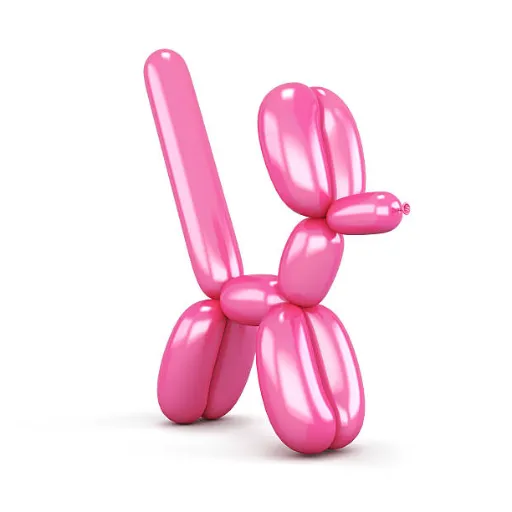
The very first thing that I am going to share with you is all about high-quality balloons. Personally, when I want to make a really good balloon flower, proper sizing and inflating of the balloons are my main areas of focus. To make the flower even more beautiful I use 260Q balloons because they are the most flexible and strongest of all, thus giving each petal the right shape and not interfering with the twisting process at all.
Insights from Experienced Balloon Artists
Professional balloon artists always put it in such a way that only very few people can master the very essential shapes like basic twist, lock twist and pinch twist at first, but those people will have a foundation for complex designs. Consistent practice with high-quality balloons, like latex balloons from famous brands such as Qualatex or Sempertex, ensures durability and elasticity which are the key factors for intricate creations.
📈 Industry Insight: According to the latest market reports, the balloon art industry has grown by 12% in the last five years, with event planning and custom décor services being the most influential sectors.
Using Balloon Animals for Parties and Events
Balloon animals are fun for the kids and for the kids at heart. They are great interactive and fun-loving elements for parties and events, getting the attention of everybody whether they are children or adults. They are the best for birthday parties, corporate meetings, and also festivals because of their versatility and ability to fit into different themes. The balloon decoration market worldwide is growing steadily at the rate of 8.7% every year, and that is partly due to the continuing use of balloon animals along with other decorations. Their customizable nature makes it possible for them to match with the event themes, and thus they become the most preferred choice for personalized experiences.
🎯 Event Success Tip: Techniques employed by professionals in the creation of balloon sculptures were all in line with the objectives of the event. For ex., stuff like using the colors that are aesthetically close to the brand for corporate events or creating kids’ party favorites like animal shapes can increase the engagement of the audience to a great extent. The statistics show that up to 30% of guest satisfaction is caused by the interactive activities that involve balloon sculpting, as per the post-event surveys.
Reference Sources
-
Twisty Art
This guide discusses starting and growing a balloon twisting business, including identifying target audiences like children’s parties and event organizers.
Source -
Clown Antics Blog
A comprehensive guide on becoming a professional balloon twister, covering both basic and advanced techniques.
Source -
Balloon HQ
This resource provides insights into tailoring balloon twisting performances for different audiences, ensuring engagement and entertainment.
Source
Frequently Asked Questions (FAQs)
❓ Can you demonstrate the procedure for crafting a swan balloon animal?
Absolutely! The first step in making a swan balloon animal is to blow up the balloon but keep a small amount of air towards the tip. Create a simple twist for the neck and then a loop twist for the head. Shape the balloon and tie it off; this will produce a beautiful swan form.
❓ What are the fundamental steps in the balloon animal making process?
The fundamental steps in the balloon animal making process consist of inflating the balloon correctly, keeping it in a firm grip, and employing the twisting technique to model the different shapes. You can acquire the twisting skill through practicing very simple twists and then going on to build more complex designs as you become more self-assured.
❓ How do I avoid the situation of balloons popping during the making of balloon animals?
The main cause of balloon popping is over-inflating the balloon. To avoid the situation you should therefore be careful not to overinflate the balloon. Always handle it gently and leave some space at the end. The use of good quality balloons like Qualatex and Betallatex will also minimize the popping risk during your creations.
❓ What tools will I need to carry out the learning of balloon animal making?
You will need a balloon pump for easy inflation, a selection of balloons (260-size is popular), and possibly some scissors for trimming in order to master the art of balloon animals. Video tutorials can also assist you in visualizing the processes involved in creating various designs.
❓ How do I make a giraffe balloon animal?
For the giraffe balloon animal, begin with a 260-size balloon and make a basic twist for the head. Create a long neck with the number of segments needed and twist them together. Then make the body and legs, making sure to tuck in any excess balloon at the end to shape the head and add features like spots.
❓ What are the beginner tutorials for balloon animals that I can follow?
There are several beginner tutorials for making balloon animals on the internet and YouTube channels. Just search for the “easy balloon animals” videos and they will give you a detailed and very simple guided procedure suited for complete beginners.

